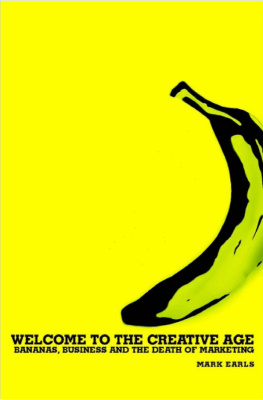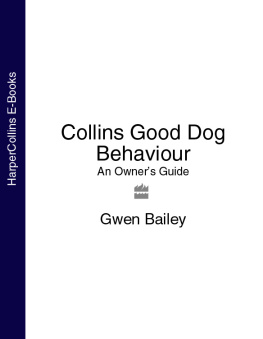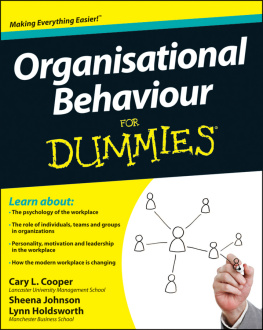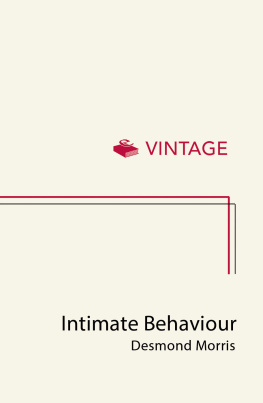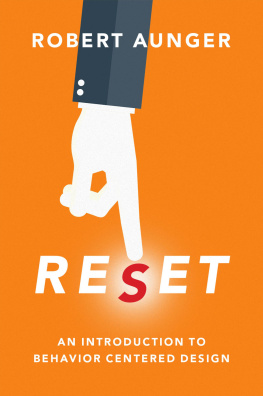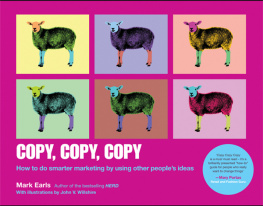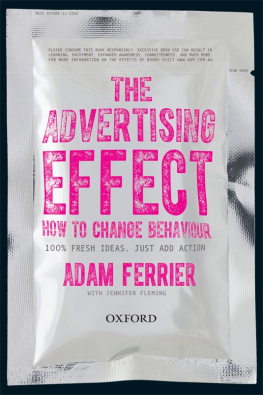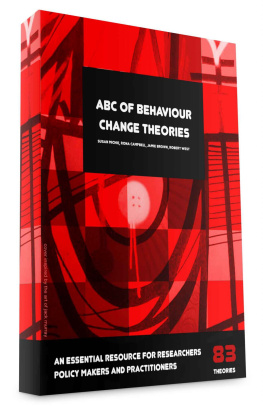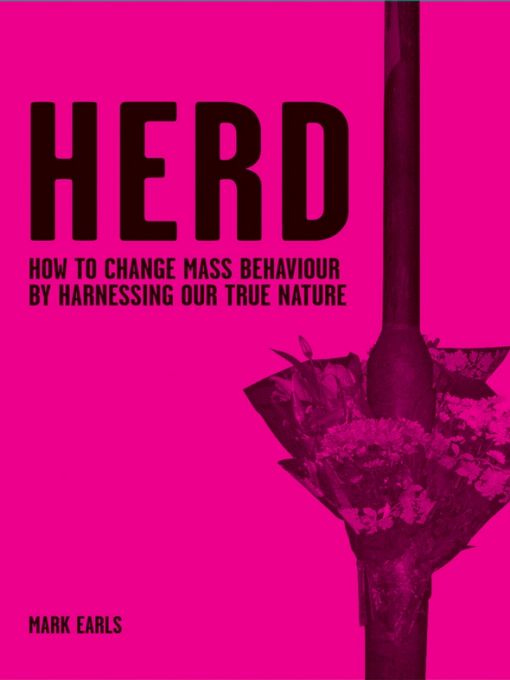Table of Contents
Dedication
To the memory of Tony Orchard (1941-2005) and
Andrew Mattey (1957-2005)
Foreword
Thomas Edison didnt know how electricity worked.
His best guess was probably that electrons sort of rolled along a wire, taking some sort of force from one end to the other. He had a vague sense that this wasnt true (and it wasnt) but he never really had the time to investigate that deeply because he was busy inventing light bulbs and phonographs and creating a vast business empire.
He had a model in his head for how electricity worked, which was good enough to get a lot of things built and invented. With his inventive sprit, his persistence and his genius for spotting opportunities he built entire industries through trial and error and a dogged pursuit of what seemed, on the whole, to work.
This got him a long way. He created much that was useful and interesting, but without pausing for reflection, without examining his assumptions, without changing his mind about everything, he couldnt get any further. He couldnt invent television or the transistor or computing.
And I suspect you can see where this analogy is going...
What Edison built
... because I think the last 50 or 100 years of marketing and advertising have been quite a lot like Edison. Industries have been built, methodologies have been codified, conventional wisdom has been institutionalized. But every practitioner has always had a vague sense, in the back of their mind, if they bothered to think about it, that they really have no idea what theyre doing. Peel back the layers of accreted thinking about brand awareness and opportunities to see and usage and attitudes and its clear that all we have are lots of competing theories, a bunch of well ingrained habits and vast squadrons of trial and error.
This is OK. This has gotten us somewhere. This has created some useful and interesting things as well as lots and lots of crass and pointless ones, but its stalled, the consensus is falling apart, the old solutions dont seem to fit the new problems and famous admen shout that advertising is dead to everyone wholl listen.
The web-enabled, digitally empowered, brand-savvy consumer clich of the futurists recent past has arrived and theyre not willing to buy our old act. We need a new model. We need to think differently.
The kind of book we need now?
Mark Earls might be the solution. Or at least a bit of it. Because Mark is a new sort of communications thinker and hes written exactly the kind of book we all need now.
(And to explain why, Im afraid I have to resort to a list, because Ive spent the last three years of my life blogging and I find I simply cant write in proper coherent paragraphs anymore.)
1. Hats off to Mark for writing a book with some big theories in it. You dont see much of that these days. Most of the revolutions in marketing books you get nowadays are just very long business cards. They tell you how badly wrong everyone else is getting things (particularly big, old businesses and big, old brands), they offer quite thin solutions (normally hire someone very like me) and they give a couple of examples the author worked on. Plus some Nike ones. These books are more about tactics than strategy and more about tools than thinking. This is all right as far as it goes. But if were going to go beyond improving light bulbs and start inventing television we need some new, grand theories. Mark is shooting for this. So hurrah!
2. He doesnt assume brands/marketing/whatever is a white Western phenomenon, and he helps us think about a world where communications are created everywhere, not just consumed everywhere. Indeed, as business globalizes its very possible that Western I-centric ways of working are exactly the wrong ways to be building great brands and that the unthinking assumption that well be doing creative industries and theyll be doing call centres is short-sighted and foolish. Why spend all your money trying to get individualistic Westerners to collaborate properly when many of your prospective employees have grown up in more naturally collaborative we-centric cultures?
3. He draws ideas and inspiration from every imaginable intellectual discipline and philosophy including anthropology, psychology, ethnography, rugby and pop music. He draws on personal experience and business case studies. He recognizes that whatever turns out to be the way that brands etc. work its unlikely to be clear and simple. Its going to be complex and messy and its going to cut across boundaries of professional discipline, intellectual tradition and marketing agency silo. If like me youre all surface and no depth this makes for a brilliant read, skimming from one slightly understood topic to the next. And if youre more of a detail merchant then this bookll make a fantastic stepping-off point for exploring all kinds of obscure but fascinating stuff.
4. He writes well. There are pictures. There are jokes. As marketing people get more and more post-literate its nice to be able to recommend a book peoplell be prepared to read.
And thats it. Read this book. Think about it. You dont have to swallow it whole, but if youre going to be any good at your marketing, branding or communications job in the next 20 years then you need to question your assumptions about how stuff works, not just where to spend your media money. And Marks provided a great place to start. Hurrah for him!
Russell Davies
Open Intelligence Agency
(Formerly of Wieden & Kennedy & Nike)
www.russelldavies.com
Acknowledgements
This book is really David Muirs fault. And not mine.
When, in 2002, I asked him what I should write a Market Research Society conference paper about, he advised me not to think harder about what I had called our herd nature in my first book; indeed he told me to drop the idea. Theres not much mileage in that line of thinking, he explained. Instead, he suggested I ponder the technical market research implications of the rise of 360 degree (in the round) communications.
Being more than a bit contrary, I did precisely the opposite to what David suggested. This stubbornness on my part did not stop him introducing me to the wonder of decision markets or helping me see other connections in the disparate fields I was crossing.
Along the way a number of other people have helped me, debated the things I was struggling with and often pointed out interesting evidence for the core idea of this book and its application to the worlds of business and marketing in particular.
As ever, my good friends, David Wood of Leo Burnett and Peter Wells of Nilewide, have both been inspirational conversational partners; Adam Morgan a great encouragement as ever. Domenico Vitale and the US AAAA planning conference committee have repeatedly given me the chance to work out my thinking in public. My Ford Motor Company client, Murat, also encouraged this line of thinking. As did the Market Research Society - particularly Kevin Maclean, Ginny Valentine and Wendy Gordon. Mark Sherrington, Russell Davies, Paul Feldwick, Chris Forrest, Robin Wight and Nick Kendall have all said very nice things about the herd idea and encouraged me to make it a book. Tessa Graham introduced me to some interesting folk and bought me lots of pink wine. And many of my Ogilvy friends have helped, too: Paul OD, Rory Sutherland, Mark Oldridge, John Shaw, Bernardo Geoghegan, Colin Mitchell, Rob Hill, Gary Leih and Robyn Putter have all made encouraging noises. My creative partner, Paul Smith, has been incredibly tolerant of my obsession - even though he has often admitted he only half-understands what I am on about. Something I only half-believe. Roderick White of Admap and Judy Lannon of Market Leader have both respected the line of thinking in their magazines and encouraged me to articulate it further. And the boys and girls from Naked and Howies were a delight to interview and talk with.


